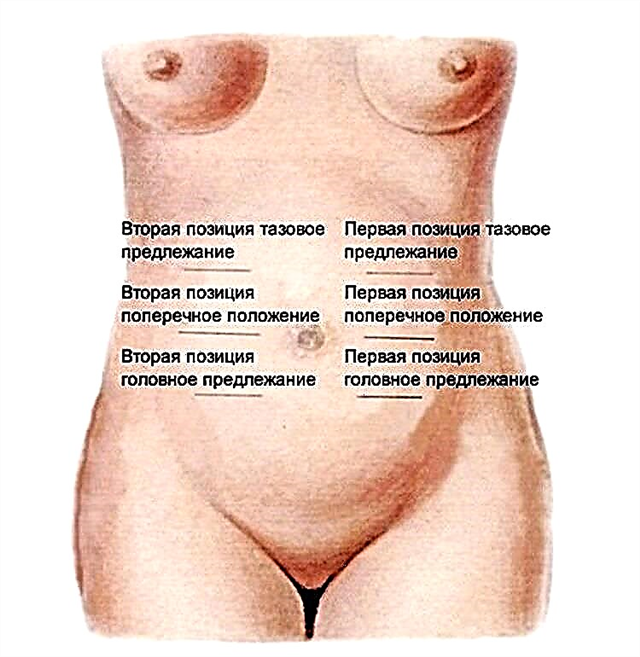Breathing warm and humid air for a cold is one of the most popular home treatments called inhalation. Inhalation translated from Latin means inhalation; today there are many recipes to help cope with inflammation of the nasal mucosa, even at home. The advantage of this method of therapy is the ability to use it at any time convenient for the patient, there is no need to stand in line. Inhalation with a cold at home is most often used for acute rhinitis, steam is prepared on the basis of water and various useful components.
Basic information
 Inhalation is a simple but effective method of relieving symptoms of upper respiratory tract infections. Inhalation of vapors of medicinal substances is successfully used in their practice by otolaryngologists. Today there are many devices designed for the procedure. However, how to proceed if inhalation is planned for a runny nose at home, in which cases it is needed, and in which it can harm?
Inhalation is a simple but effective method of relieving symptoms of upper respiratory tract infections. Inhalation of vapors of medicinal substances is successfully used in their practice by otolaryngologists. Today there are many devices designed for the procedure. However, how to proceed if inhalation is planned for a runny nose at home, in which cases it is needed, and in which it can harm?
The nasal cavity as an anatomical region belongs to the upper respiratory tract, the surface of which is easiest for medicinal substances to reach at the moment of inhalation. A runny nose may be an indication for inhalation with difficulty in removing mucus that does not contain pus, dryness and painful crusts. However, in this case, pharmacological preparations are used (for example, those capable of softening the crusts), while homemade improvised means - a saucepan with steam - are unlikely to be as effective as an inhaler device.
People most often turn to the inhalation procedure if the runny nose has begun acutely. Most popular is the inhalation of steam from a towel-wrapped saucepan containing plain water or boiled potatoes. Warmed steam is believed to help:
- moisturize the mucous membrane;
- achieve liquefaction of mucus;
- reduce the activity of the inflammatory process.
Moisturizing and thinning secretions by steam saturation are indeed the effects to be expected from home inhalation. In addition, heating the contact surface of the mucous membrane leads to increased blood circulation. However, at the same time, hot steam can aggravate the swelling and therefore the difficulty in breathing. Mucus, which has become much larger, literally begins to flow from the nose. A person may think that this is due to the release of the nose from accumulated secretions, but in fact, by inhalation, he only achieves a change in their consistency.
Home inhalation is most effective in the initial period of a cold, before severe swelling and runny nose appear.
They help to cope with the sensation of dryness and burning, but at the same time they are safe only in the absence of contraindications. With significant difficulty in nasal breathing, the procedure is not always advisable. Inhalation at home is used only for colds, hot steam treatment is not necessary and even harmful for allergies or vasomotor rhinitis without an allergic component.
Preparation
Inhalation from the common cold at home is carried out only for those patients who are fully aware of the rules of behavior during the procedure. They are intended for the treatment of adults, not children. A pot of hot water or vegetables can accidentally tip over, causing burns - the younger the child, the more dangerous these injuries. So, inhalations with the help of an improvised container at home are not carried out:
- young children;
- To old people;
- people with impaired coordination of movements;
- persons in a state of physical or mental agitation.
The dishes are prepared in such a way that they can be easily wrapped in a towel. It should keep warm, have comfortable handles (preferably not metal), and a stable base. The most commonly used are a variety of types of enamel pans with lids.
The place for the procedure is also selected in advance. Do not place utensils on the patient's chest or knees, especially if the patient is lying or sitting in a soft bed. It is much easier to turn the pan over - a burn occurs even with a thick layer of clothing. It is best to place the pan on the table and have a stable chair nearby for the patient.
You will need two towels - one is used to wrap dishes with steam, the other is pounced on the patient's head so that the steam does not dissipate for as long as possible. Do not place the edge of the pan on the edge of the towel, accidental careless movement could result in burns.
Rules of conduct
There are a number of rules that must be followed when treating with inhalation:
 Control of body temperature - it should be normal, not elevated.
Control of body temperature - it should be normal, not elevated.- Steam temperature control - in order not to burn the mucous membrane, you need to breathe warm, not hot steam. To do this, you should wait a little, remove the pot of boiling water and let it cool slightly. You should also pay attention to your feelings, pain, burning sensation - a reason to immediately stop the procedure.
- Heat load control - inhale an hour and a half after eating, especially if lunch or dinner was plentiful.
- Time control - the effectiveness of the procedure does not increase with increasing duration, so it is enough to inhale the steam for about 10 minutes.
When inhaling with a cold, breathe calmly, measuredly, exclusively through your nose.
Do not inhale the vapor abruptly and quickly, as you may not immediately notice the burn. After the procedure, try to avoid talking for at least 15 minutes. Do not go outside for several hours, do not allow sudden fluctuations in the temperature of the inhaled air. Do not eat or drink for an hour. Expect inhalation to worsen cough, swelling, and temporary increased difficulty in nasal breathing.
Recipes
How to prepare a steam base at home? For this purpose, use:
- plain water;
- herbal ingredients (for example, herbs, vegetables, extracts);
- essential oils.
In the first case, it is enough to boil water, wait a little - and you can start the procedure. If the purpose of inhalation is not only moisturizing and thinning mucus, but also an effect on the inflammatory focus, you can add to the water:
- Rotokan (a combined herbal preparation, sold in a pharmacy) - 4 tablespoons of the product will be needed for 1000 ml of water.
- Fresh infusion of chamomile, prepared in advance - 2 teaspoons of dried flowers are infused for half an hour, pouring hot water. Add to 2000 ml of hot water for inhalation.
- Eucalyptus essential oil or any other essential oil claimed to be anti-inflammatory. Add a few drops to already hot water. Make sure the patient is free of allergies before the procedure.
It is best to do inhalation at night, repeat no more than 2 times a day. But if the patient can be at home and not go outside, use at any time of the day is allowed. After inhalation, you must not freeze, you need to dress warmly.
It is impossible to reheat the water for inhalation with a runny nose - it is necessary to prepare the base for steam every time anew.
For nutrients to work in their best possible way, fresh steam is required. This rule does not apply to steam inhalation based on plain water without the addition of herbs and medicinal extracts.
Contraindications

You cannot breathe steam if:
- the patient has a high body temperature;
- there is an injury to the mucous membrane of the nose and throat (including a burn);
- there is an allergy to inhalation components;
- a runny nose is associated with the presence of purulent inflammation;
- the patient suffers not only from rhinitis, but also otitis media.
When starting to treat a cold with inhalation, it is necessary to remember about the existence of such a thing as inhalation trauma. These are injuries caused by inhalation of hot air, steam, irritants and corrosive substances. Unfortunately, even having experience in home inhalation does not guarantee the complete safety of the procedure. To avoid scalding the respiratory tract, it is necessary to correctly assess the temperature of the steam, not to bend too low over a pot of water and fulfill all the requirements of preparation for the procedure.
In order for inhalation with a runny nose to bring only benefits, it is worth consulting with your doctor in advance. During the examination, it may turn out that the patient suffers from an allergic rhinitis or that he has contraindications that he had not previously paid attention to.

 Control of body temperature - it should be normal, not elevated.
Control of body temperature - it should be normal, not elevated.

